1. No Pants for Girls—Ever
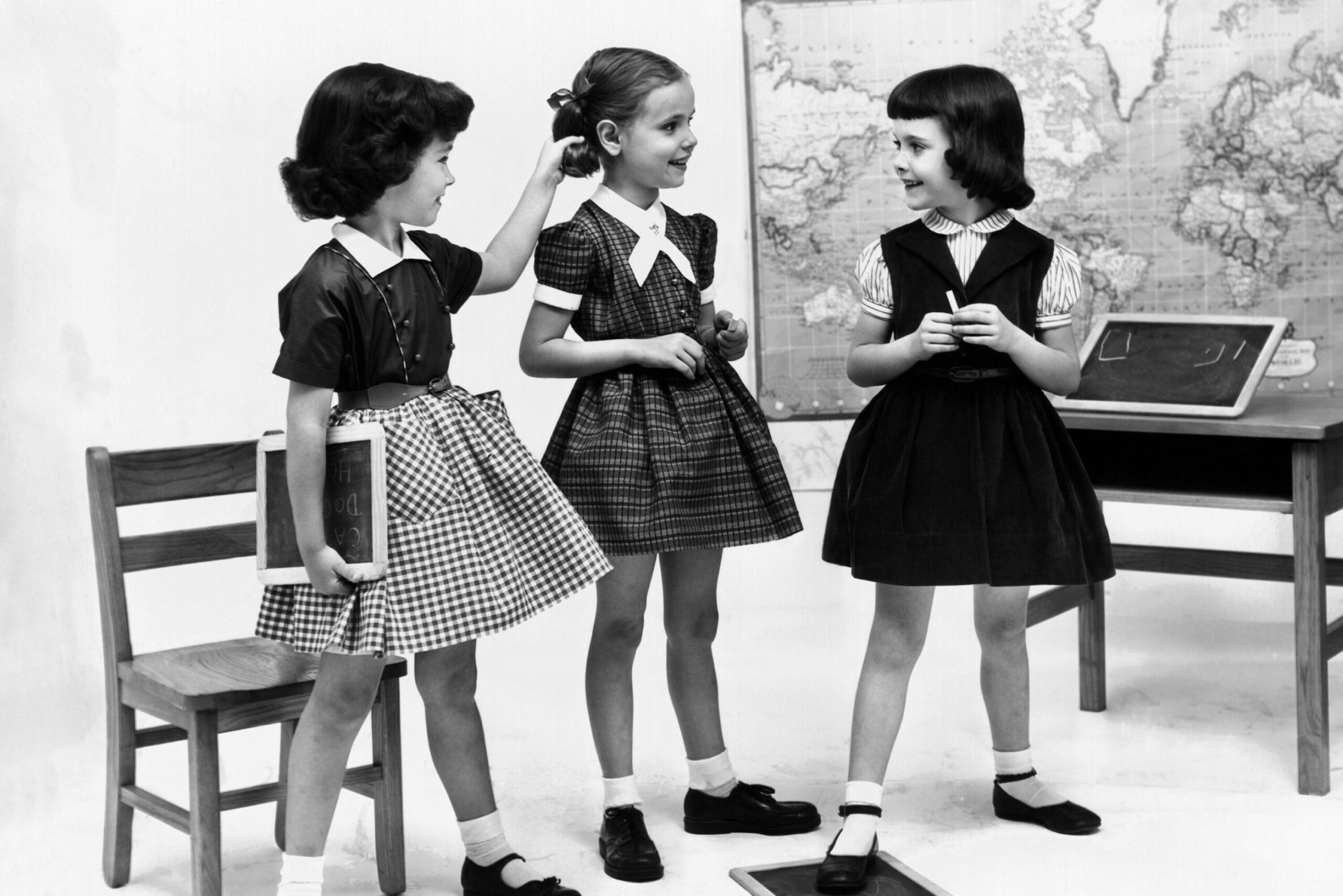
For decades, girls were required to wear skirts or dresses to school, no matter the weather. It didn’t matter if it was freezing outside or if they had gym class—pants were simply not an option. Some schools enforced strict rules about skirt length, requiring girls to kneel on the floor while teachers measured the distance between the hem and the ground. If a skirt was deemed too short, the student could be sent home or forced to wear an embarrassing alternative, like a borrowed, oversized skirt from the lost and found. The rule was meant to maintain a “ladylike” appearance, but it often made things incredibly inconvenient says GirlSpring.
As the ‘60s and ‘70s brought about major changes in fashion, more girls began pushing back against the ban on pants. Some schools slowly allowed slacks or culottes, but jeans were still considered too casual. It wasn’t until Title IX was passed in 1972 that most schools finally allowed girls to wear pants without restrictions. Today, it’s almost impossible to imagine a school telling students they can’t wear jeans or leggings. If a modern dress code suddenly banned pants for girls, there would be instant protests—and rightfully so.
2. Boys Had to Wear Ties and Jackets
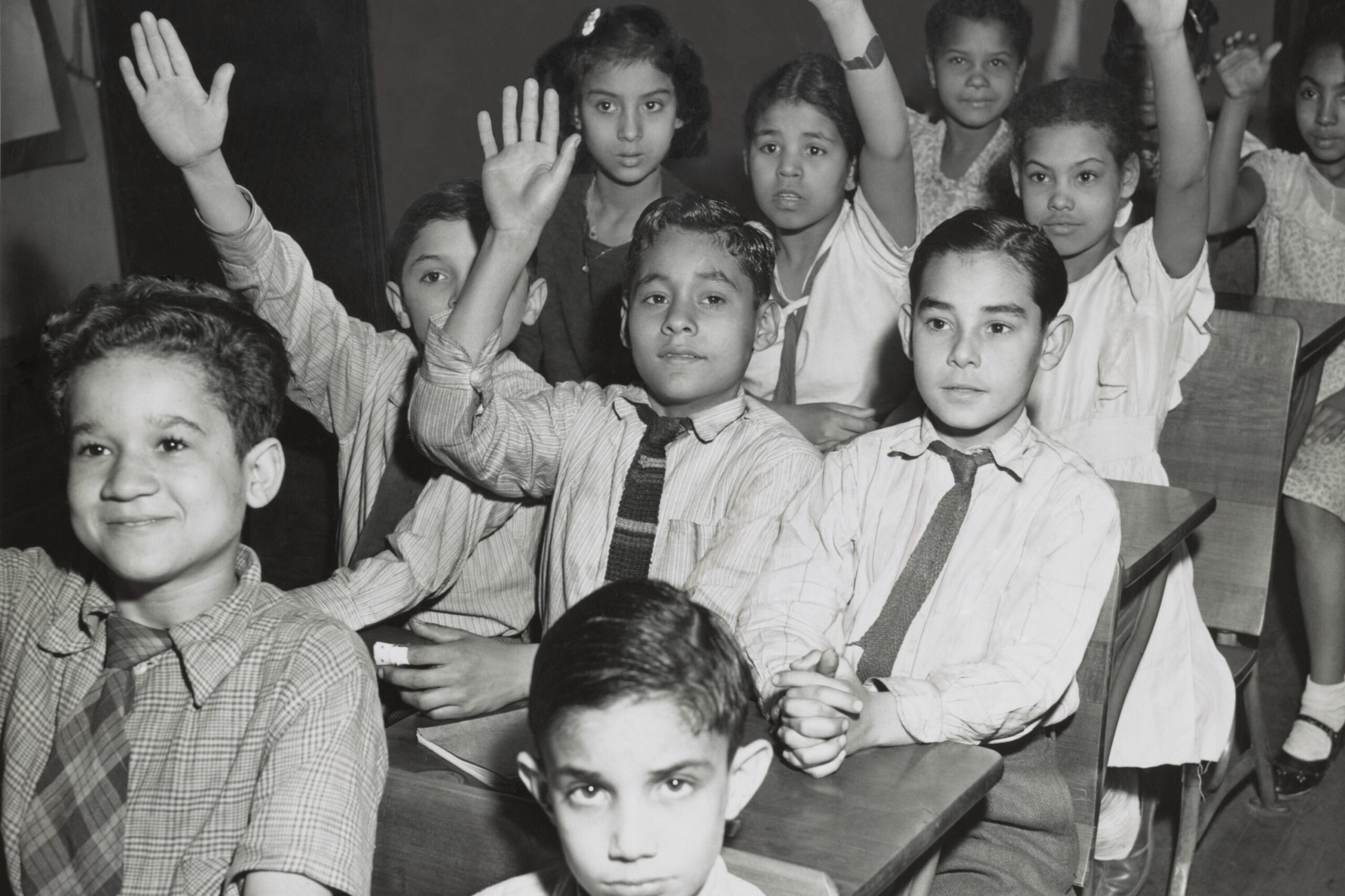
Many schools once required boys to dress as if they were heading to a business meeting rather than a school day. A button-up shirt, tie, and sometimes even a blazer were non-negotiable parts of the dress code. Some schools took it a step further, requiring dress shoes and neatly pressed trousers. The goal was to instill discipline and professionalism, but in reality, it just made students uncomfortable. Running around at recess or sitting through long classes in stiff, formal clothes wasn’t exactly enjoyable shares Education Week.
As fashion norms loosened in the ‘70s and ‘80s, many schools finally relaxed these strict dress codes. Polos replaced button-ups, and ties became optional instead of mandatory. Today, most students live in hoodies and sneakers, and the idea of wearing a suit to class sounds like a nightmare. If a school suddenly reinstated this rule, kids would likely stage a full-blown revolt. Comfort has become key, and students aren’t giving up their casual clothes without a fight.
3. Hair Length Rules Were Strict for Boys

For much of the 20th century, schools enforced strict rules about how boys could wear their hair. Anything too long, too shaggy, or covering the ears was considered inappropriate. Teachers and principals would actually measure hair length, and boys who didn’t comply were often sent home or told to get a haircut before returning. During the rise of the Beatles and the hippie movement in the ‘60s, long hair became a symbol of rebellion. Schools pushed back hard, with some even threatening to expel students over their hairstyles says the Time Gazette.
As cultural attitudes shifted in the ‘70s, these strict grooming rules started to fade. By the ‘90s, long hair on boys was no longer considered a big deal, and today, students can wear their hair however they want. Some schools still try to regulate extreme styles, but overall, hair length is a non-issue. If a school today tried to enforce a “no long hair for boys” rule, there would be serious backlash. After all, hair is just hair—why should it have anything to do with education?
4. No Jeans Allowed—Too Rebellious
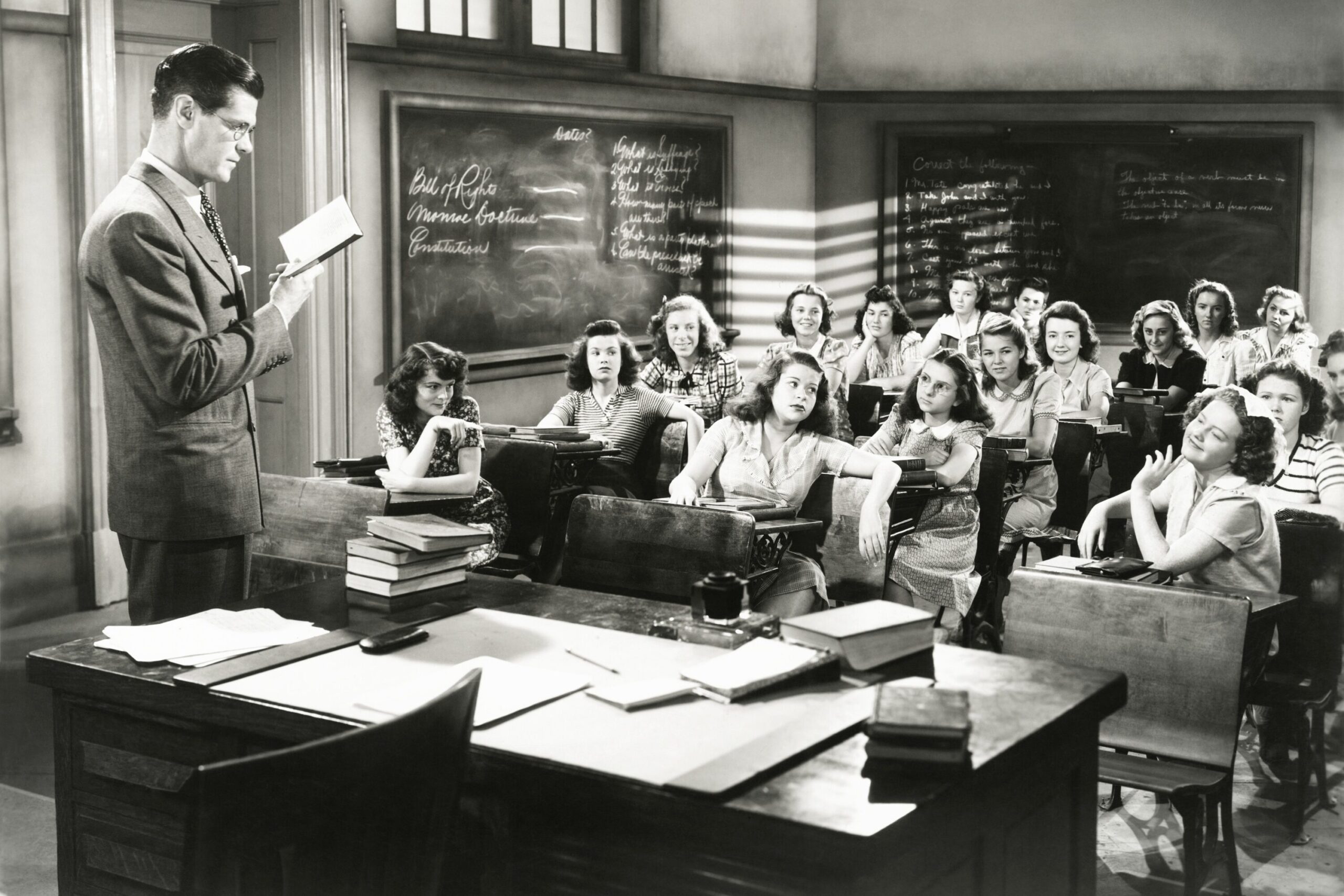
Believe it or not, jeans were once considered far too casual for school. Many schools completely banned them, associating denim with rebellious teenagers and rock ‘n’ roll culture. If students wanted to wear pants, they had to stick with slacks or corduroys. Even when jeans became more mainstream in the ‘70s, some schools still refused to allow them. If a student showed up in a pair of Levi’s, they could be sent home or given detention.
Eventually, as jeans became an everyday staple, schools began to relax the rules. By the ‘90s, denim was widely accepted, though some schools still had rules against ripped or overly baggy jeans. Today, jeans are a wardrobe essential for most students, and banning them would seem ridiculous. If a school suddenly tried to outlaw jeans now, students would definitely push back. After all, what’s more harmless than a comfy pair of blue jeans?
5. No Bright or “Distracting” Nail Polish
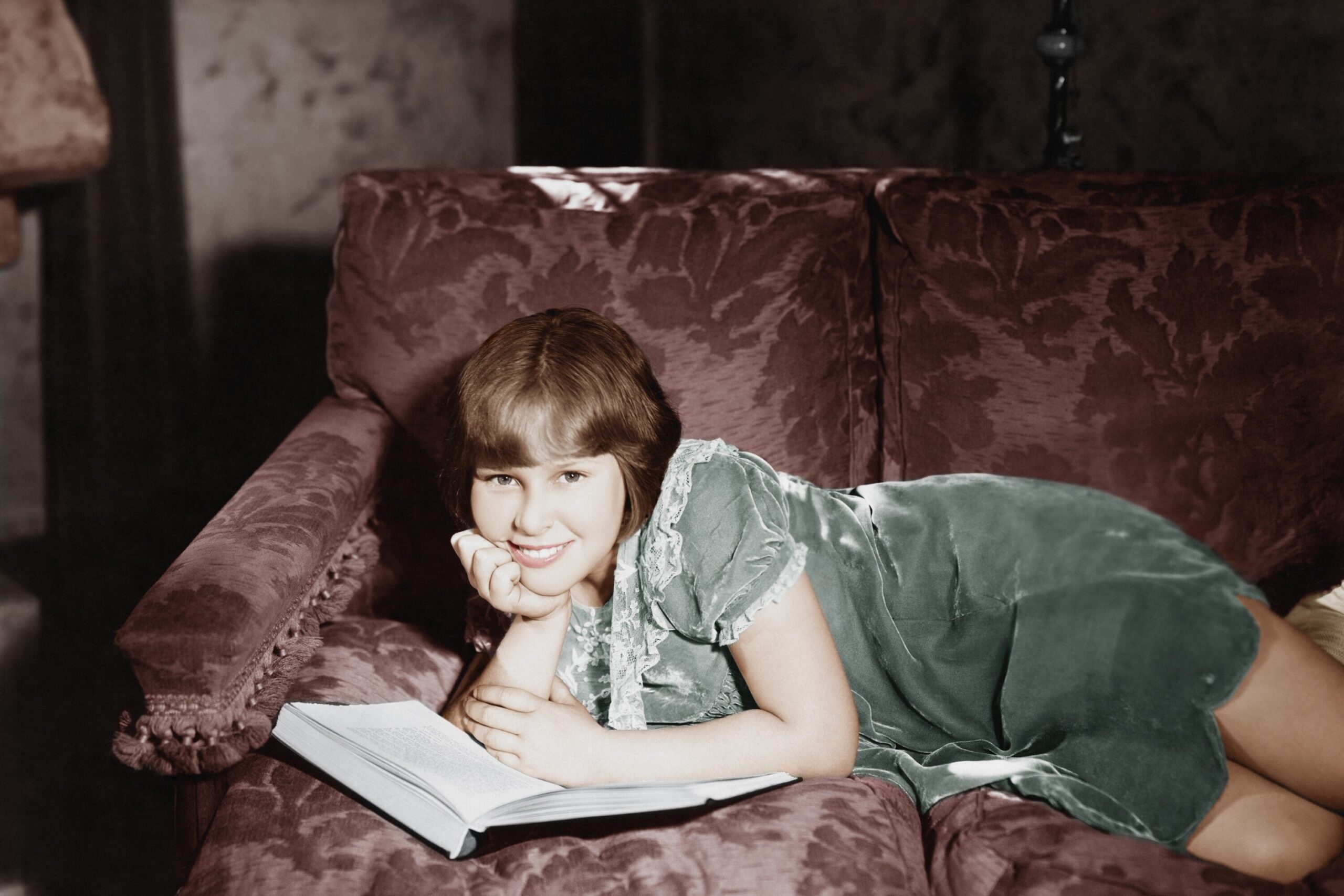
Some schools once had surprisingly strict rules about nail polish, banning anything too bright, dark, or “distracting.” Bright red, black, or neon colors were often considered inappropriate. Some schools only allowed clear or pale pink polish, while others banned nail polish altogether. The reasoning was that it could be a distraction in class, though it’s hard to see how painted nails could disrupt a math lesson. In some cases, teachers would even send girls to the bathroom with nail polish remover to take it off immediately.
Over time, these strict rules started to disappear, and students were allowed more freedom with their personal style. Today, students wear everything from neon colors to intricate nail art without much issue. Some schools still have minor restrictions, but most have realized that nail polish isn’t exactly a major classroom distraction. If a school tried to bring back a “no nail polish” rule now, students would definitely protest. Let’s be honest—there are much bigger things to worry about than painted nails.
6. No Open-Toed Shoes—Even on Hot Days
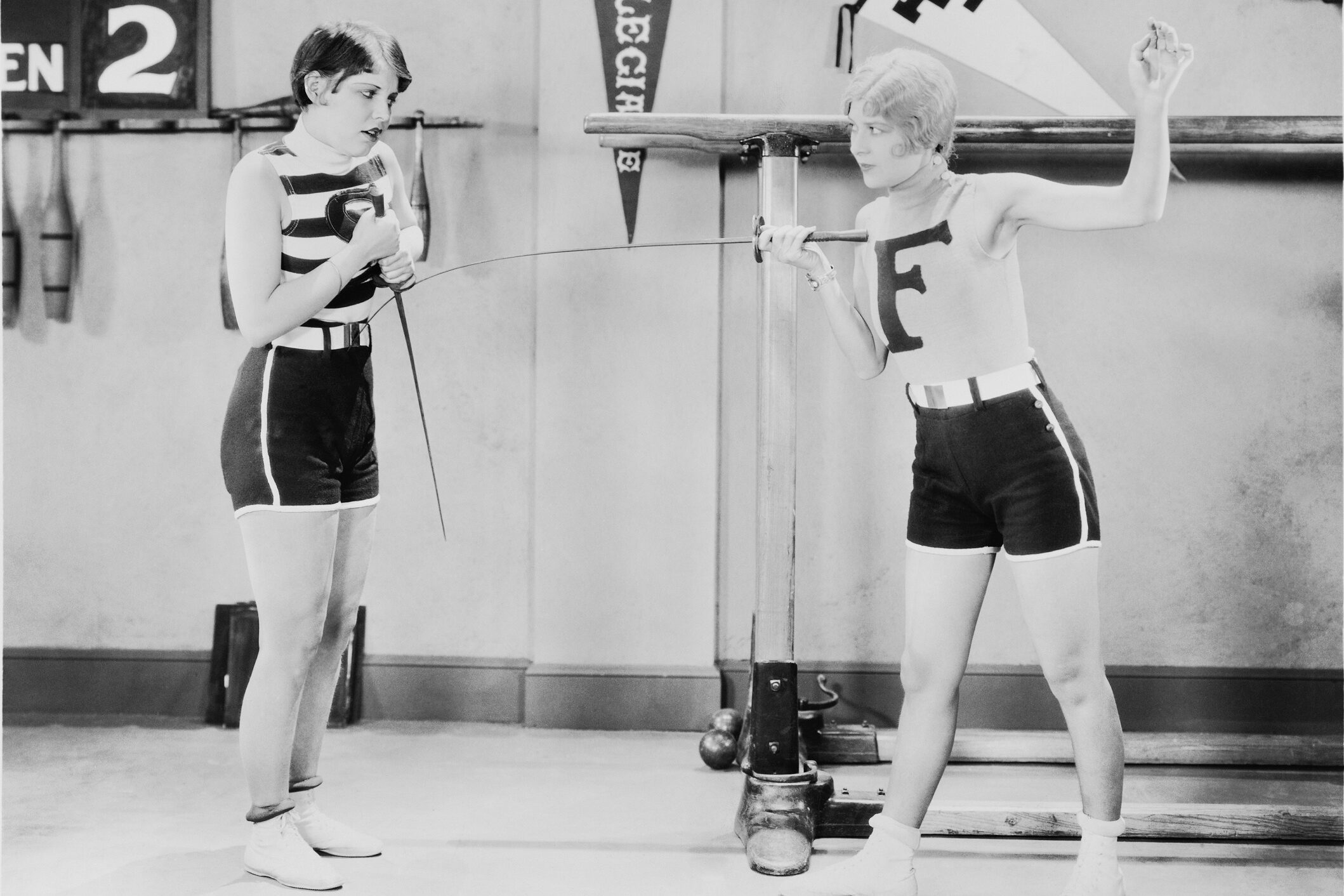
Many schools used to have strict policies against open-toed shoes, including sandals and flip-flops. The reasoning was usually about safety—administrators worried about stubbed toes, tripping hazards, or objects falling on students’ feet. Some schools even required socks with all shoes, meaning no loafers or slip-ons without them. This rule was especially frustrating for students during hot summer months when they were forced to wear sweaty sneakers all day.
Today, most schools allow open-toed shoes as long as they’re not dangerous. Sandals and slides are common, especially in warm climates where wearing sneakers year-round isn’t practical. If a school suddenly banned all open-toed shoes now, students would be outraged. Comfort is a priority, and if flip-flops don’t disrupt learning, why should they be banned?
7. No Logos or Slogans on Clothing
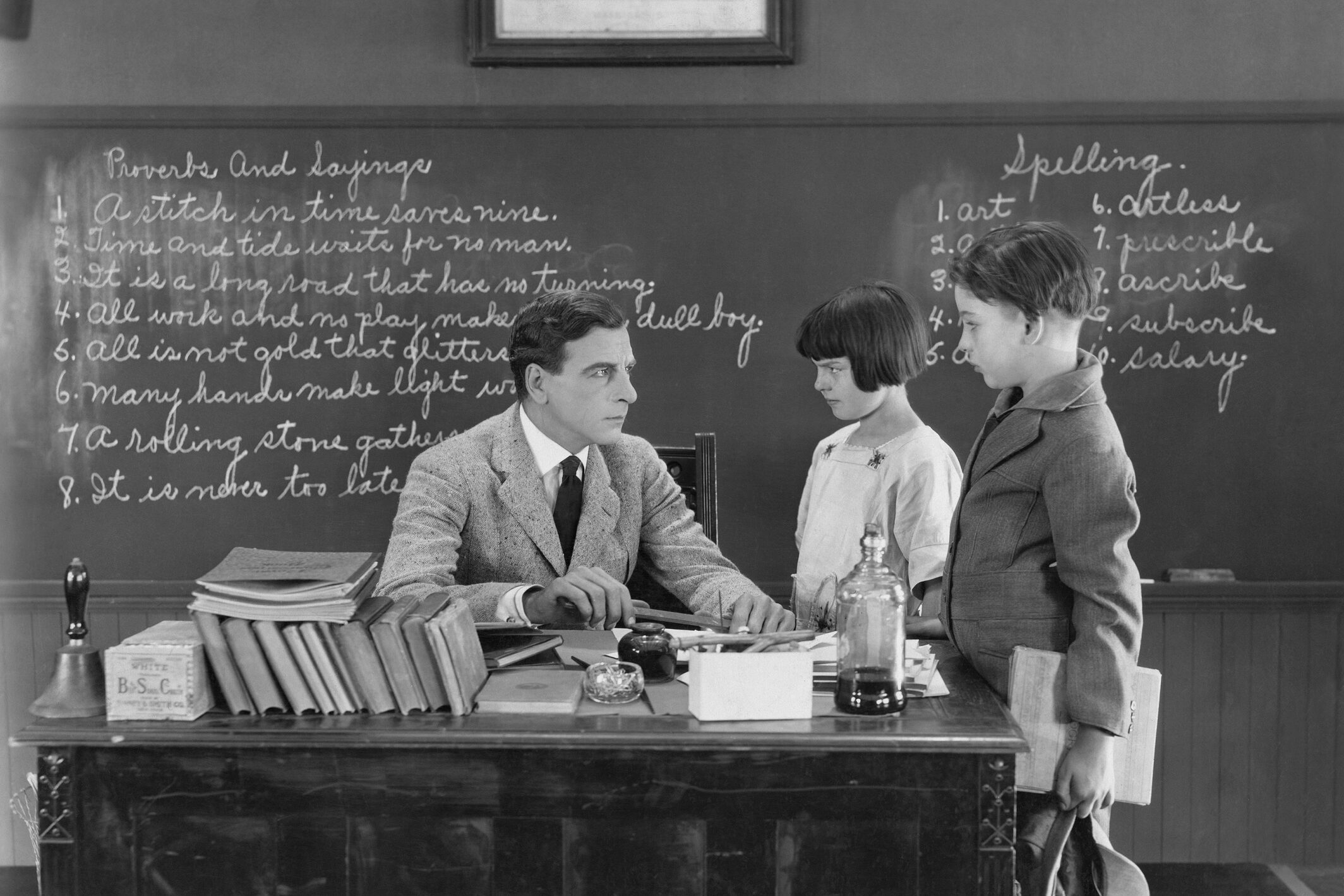
A lot of schools once had rules banning any clothing with logos, slogans, or brand names. Administrators worried that certain messages might be controversial or that students would start competing over expensive brands. Even harmless logos, like sports teams or TV shows, were sometimes not allowed. This meant kids had to stick to plain T-shirts or collared shirts with no decoration. Some schools even went as far as banning recognizable brand logos like Nike or Adidas.
Today, graphic T-shirts are a major part of student fashion, featuring everything from pop culture references to funny quotes. Most schools only restrict clothing with offensive language or inappropriate images, which makes a lot more sense. If schools tried to bring back a complete ban on logos, there would be serious complaints. After all, a simple brand logo isn’t exactly disrupting anyone’s education.
8. No Dyed Hair or “Extreme” Hairstyles
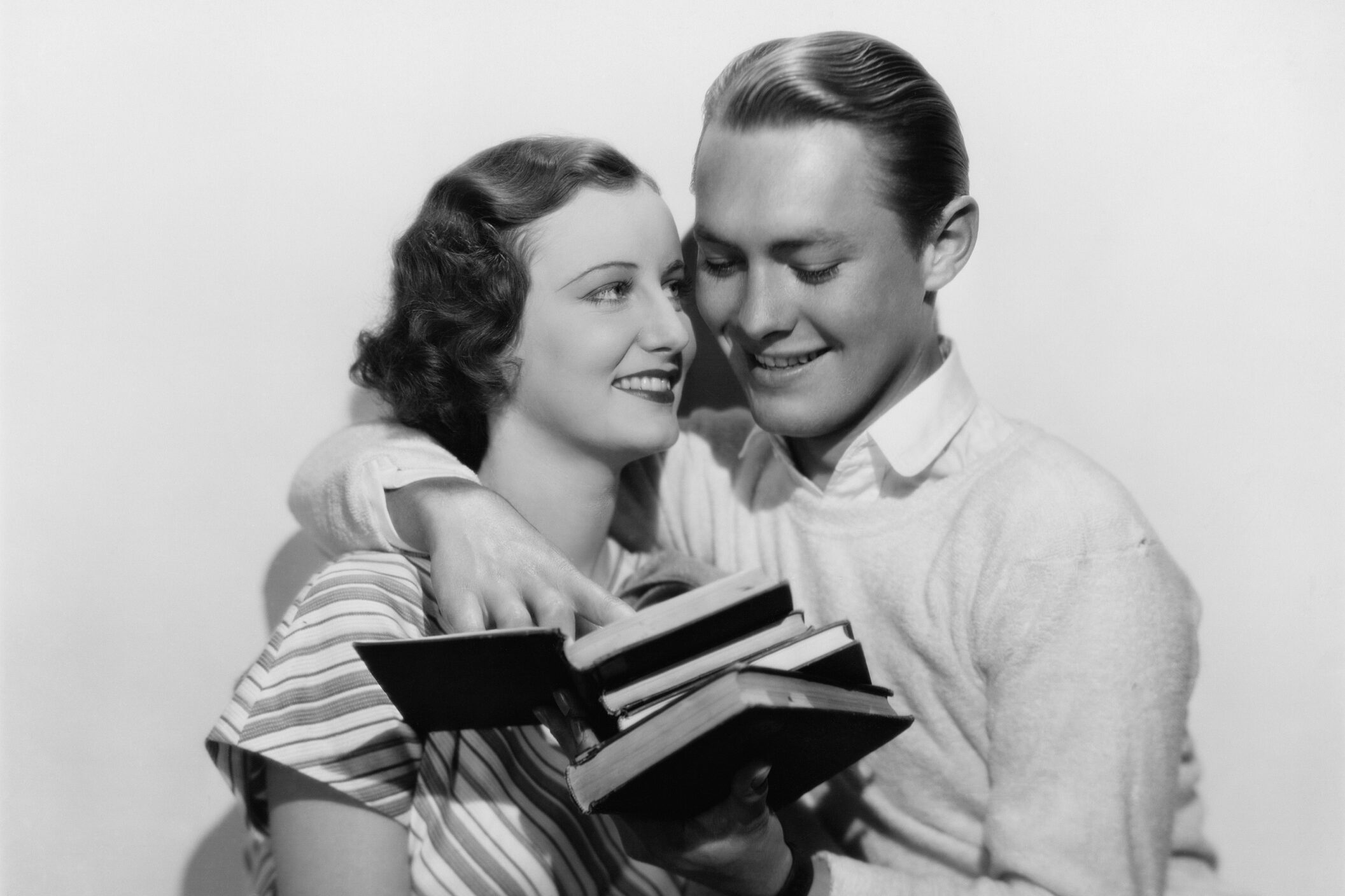
Brightly colored hair was once considered unacceptable in most schools, and anything that wasn’t a “natural” color could get a student in trouble. For decades, dyed hair was seen as too rebellious or distracting, especially when kids started experimenting with neon hues like pink, blue, or purple. Even highlights could be considered “extreme” in some places. Students with colorful hair were often told to wash out the dye or face disciplinary actions.
As times have changed, so has the view on hair color. Now, students wear every color under the sun, from pastel pinks to vivid greens, and it’s generally not a problem unless the style is extreme in some other way. Some schools still impose limits on shaved heads or very bold styles, but overall, hair is seen as a personal choice. If a school tried to enforce a strict rule against dyed hair today, kids would definitely revolt. After all, hair is just a form of self-expression in a world that values individuality.
9. No Shorts Allowed—Even in the Summer
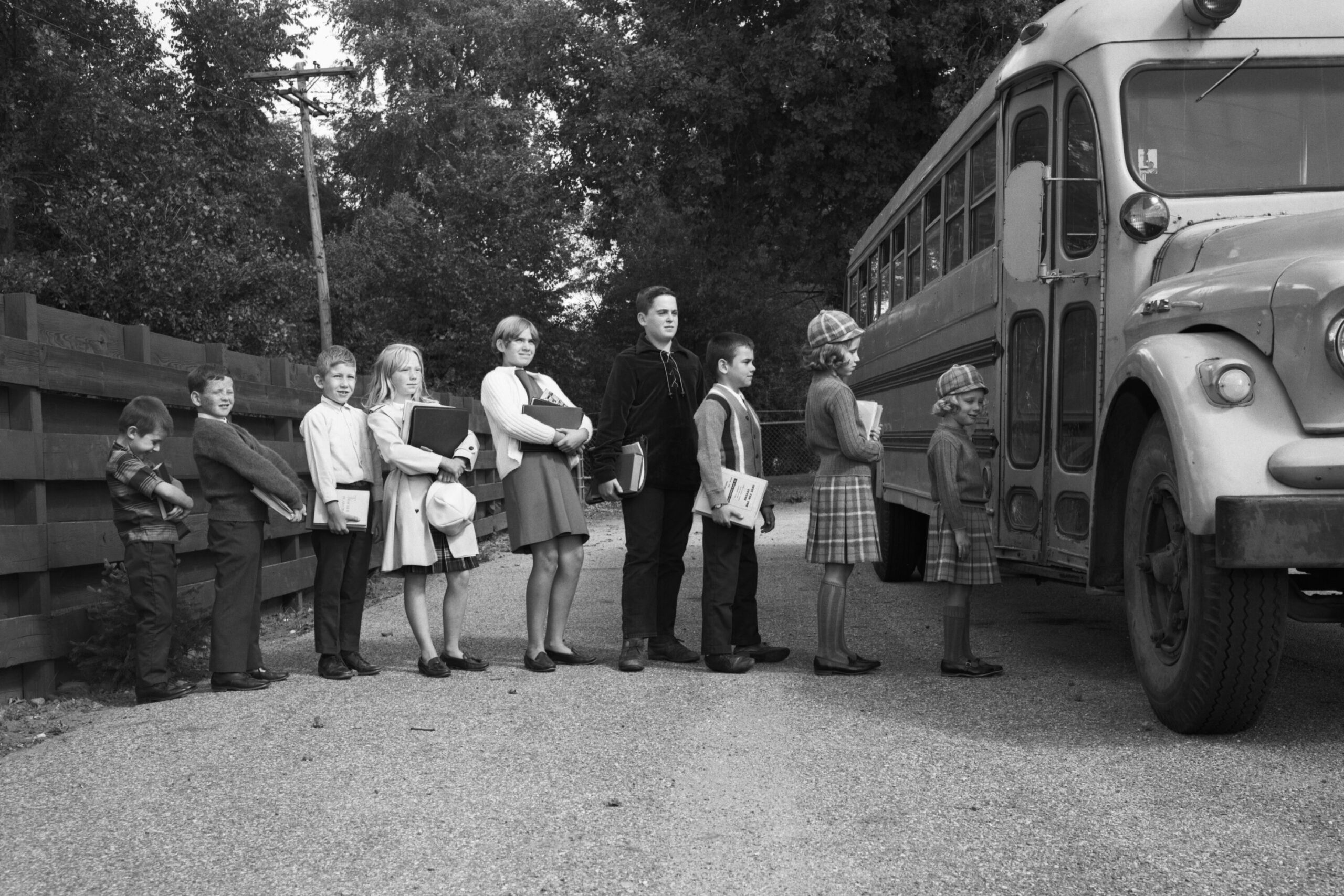
For many years, students weren’t allowed to wear shorts to school, no matter how hot it was outside. Even in the middle of a scorching summer, boys and girls had to stick to long pants or skirts. Schools argued that shorts were too casual for the classroom, and some even thought they were inappropriate or distracting. Girls had to deal with uncomfortable, itchy tights under dresses or long skirts just to stay “proper,” while boys suffered through sweaty jeans.
Today, however, most schools allow students to wear shorts in warmer weather, as long as they’re not too short. In fact, in many places, shorts are part of the standard school uniform, and it’s rare to see a school that restricts them. If a school decided to ban shorts entirely today, kids would likely protest, and rightfully so. Wearing comfortable clothes is important, and kids are not likely to accept being forced into long pants when it’s 90 degrees outside.
10. No Piercings Besides One Pair of Earrings
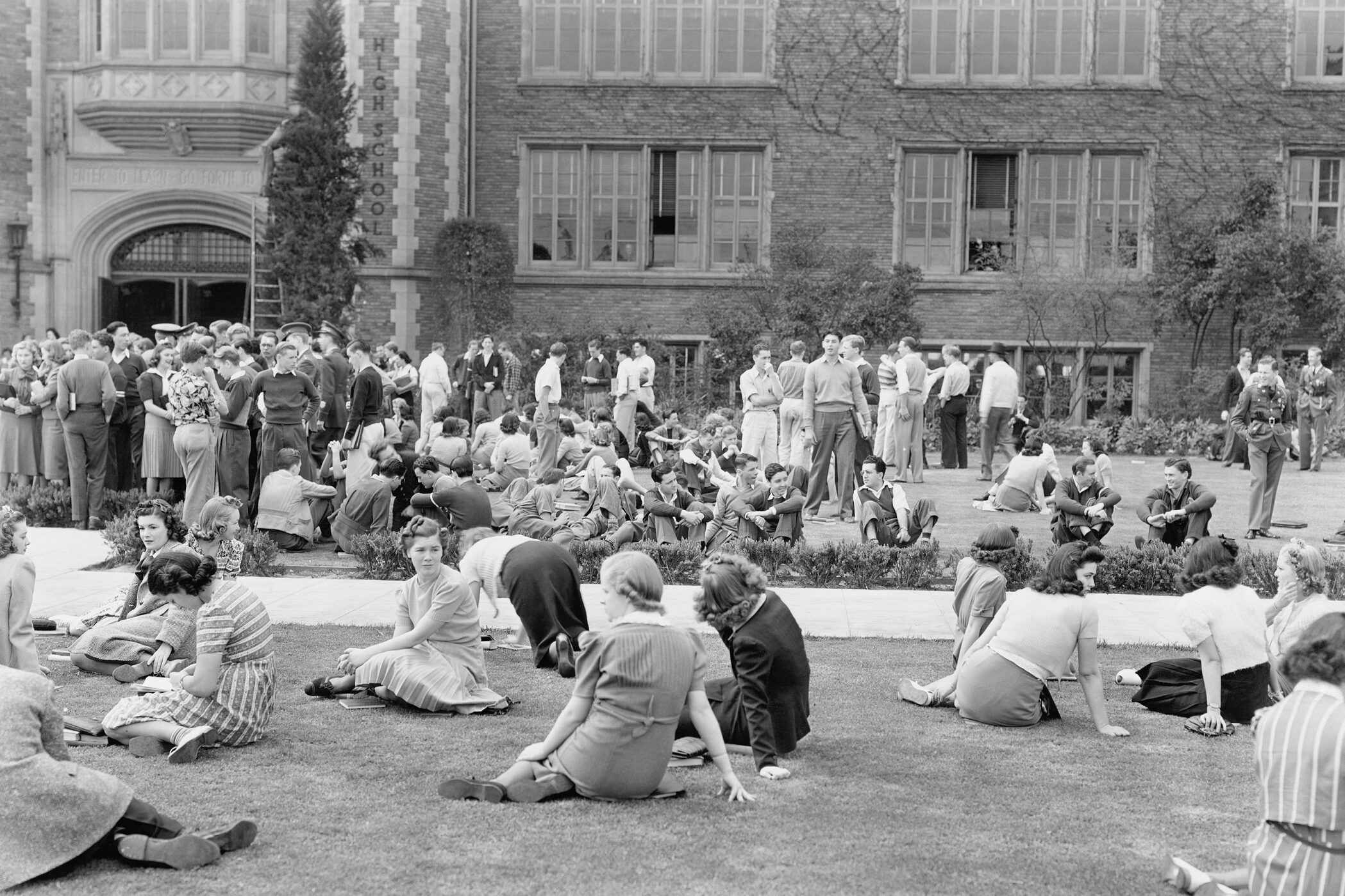
Back in the day, piercings were considered unprofessional, and many schools banned anything other than one small pair of earrings for girls. Boys, in particular, were not allowed to have any piercings, with some schools taking extreme measures like requiring students to remove them before entering the building. Even something as simple as a nose stud or an eyebrow ring was seen as a violation of the dress code. For many students, getting a piercing was a way to express individuality, but the rules often made them feel like they were being punished for their personal choices.
Fast forward to today, and piercings are widely accepted in schools, with many students sporting not just earrings but nose rings, lip rings, and even multiple ear piercings. While some schools may have a few rules about excessive piercings or facial jewelry, they’re far less stringent than they used to be. If a school tried to enforce the “one pair of earrings” rule today, there would undoubtedly be a backlash. After all, piercings are a harmless form of self-expression, and many kids would argue that their appearance shouldn’t impact their education.
11. No Sweatshirts or Hoodies
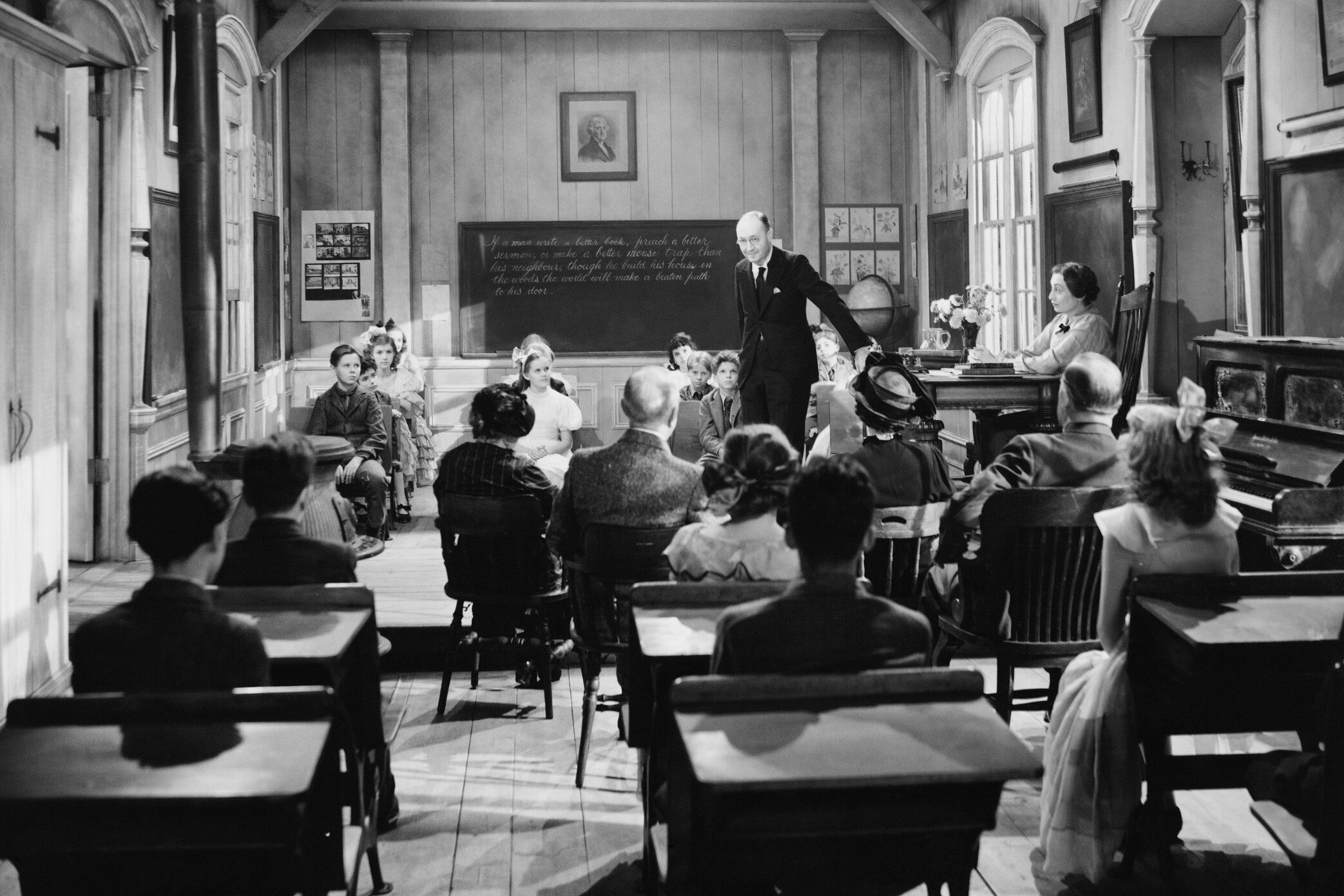
Once upon a time, sweatshirts and hoodies were banned from schools because they were seen as too casual or “sloppy.” Hoodies, especially, were frowned upon because they could hide a student’s face and make them appear disengaged. Some schools even went as far as prohibiting sweatshirts with logos or certain colors, thinking they could be associated with gangs or inappropriate groups. Students who wore these items might be asked to remove them or sent home to change.
Today, hoodies are practically a uniform for many students, and sweatshirts are a staple of everyday schoolwear. In fact, they’re often more about comfort and warmth than anything else. If a school tried to ban hoodies or sweatshirts now, kids would likely be up in arms. There’s nothing like the comfort of a good hoodie, and most students would argue that it’s no different from any other type of outerwear.
12. No Bandanas or Headwear
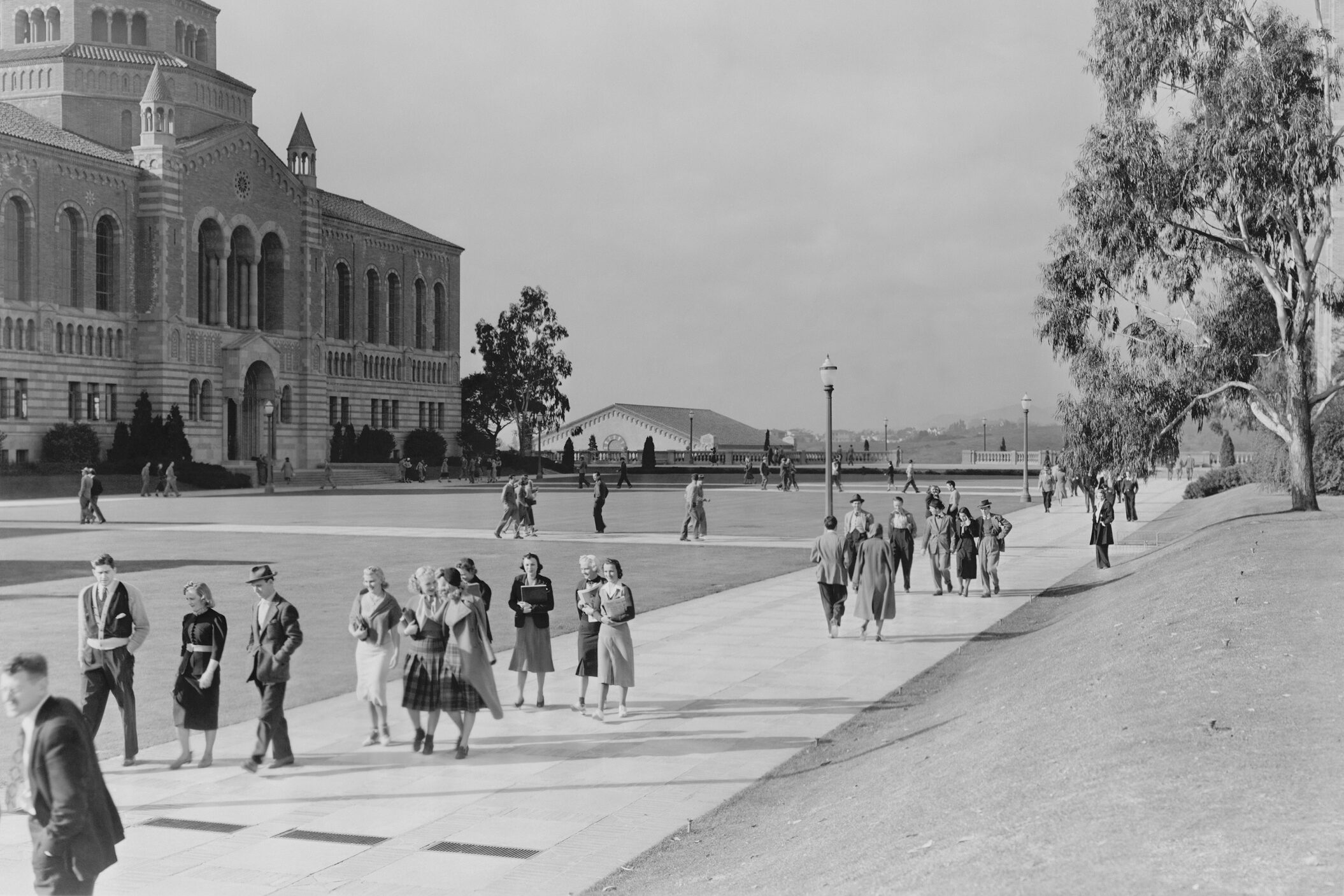
In the past, wearing a bandana, hat, or any kind of headwear was considered a violation of school dress codes. School administrators often associated these items with gangs or thought they would be distracting in the classroom. Bandanas, especially, were seen as a symbol of rebellion and were strictly forbidden in many schools. If students tried to wear them, they might be sent to the principal’s office or asked to remove them immediately.
Today, many schools have relaxed their rules about headwear, especially for religious or cultural reasons. Students now wear everything from beanies to baseball caps to headbands without facing consequences. If a school tried to enforce a “no headwear” policy today, students would likely challenge it, especially considering the range of personal reasons people wear head coverings. Bandanas and hats have become a fashion statement and a form of self-expression, so any school trying to ban them would probably be met with resistance.
13. No Tank Tops or Sleeveless Shirts
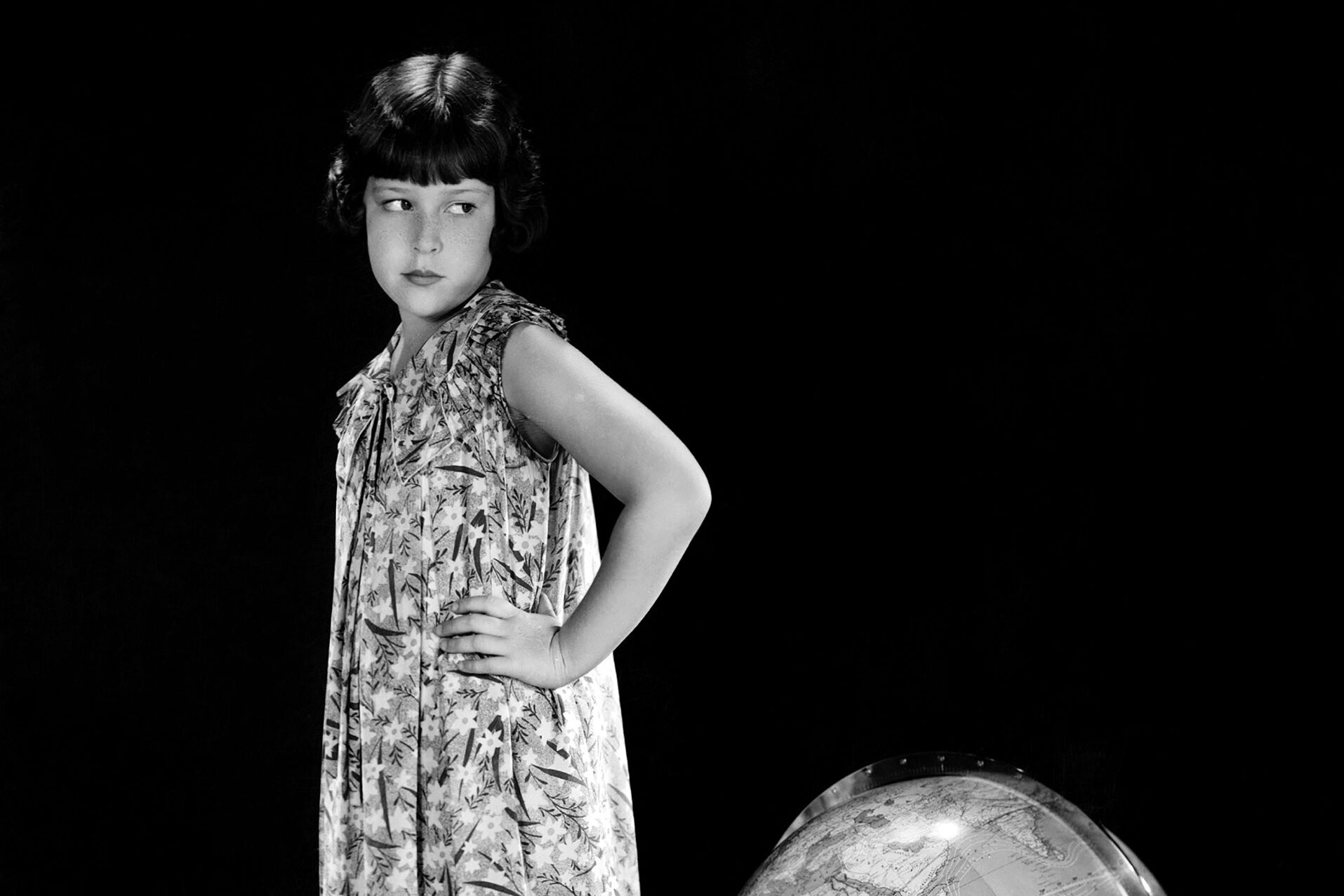
In the past, tank tops and sleeveless shirts were deemed “inappropriate” for school, especially for girls. These shirts were seen as too revealing, and many schools imposed dress codes that required sleeves to cover the shoulder completely. Girls wearing sleeveless tops could be sent home or given a warning, even on the hottest days. Even boys were often required to wear shirts with sleeves, as anything too casual was considered unacceptable.
Today, however, tank tops and sleeveless shirts are much more common and accepted in schools, especially in warm climates. Many schools now only restrict tops that are overly revealing or have offensive graphics. If a school today banned tank tops altogether, students would be upset and probably protest. After all, when the temperature soars, comfort should be a priority, and covering up from head to toe is an outdated and unnecessary rule.
14. No Ripped or Distressed Jeans
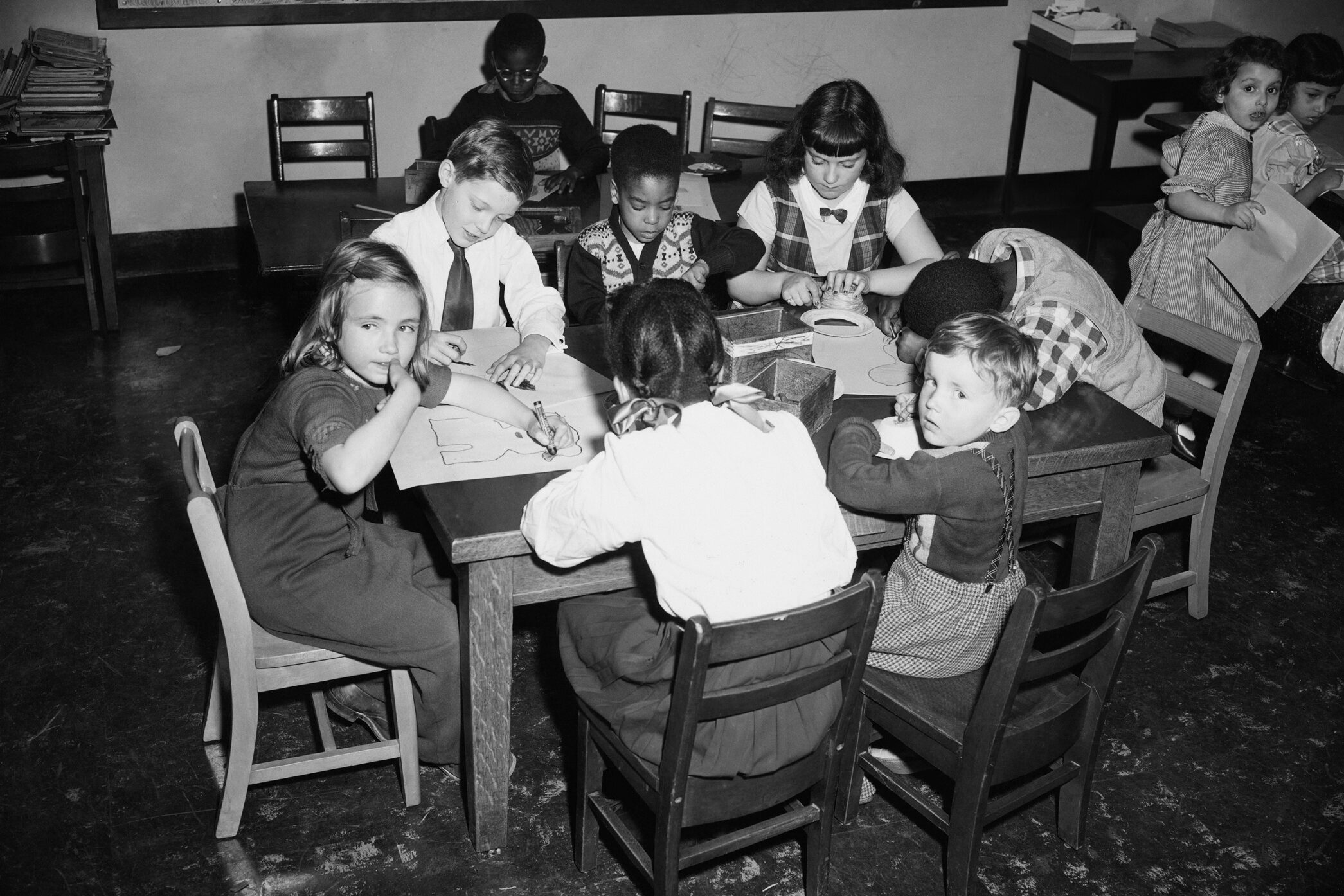
Ripped or distressed jeans were once considered unacceptable for school, as they were seen as too “rebellious” or “casual.” Schools wanted students to look neat and put together, and any holes or frayed edges were thought to be distracting. If students wore jeans with rips, they could be sent home to change or forced to cover the holes with duct tape or fabric patches. Many students felt this rule was unfair, especially when they were wearing trendy clothes that didn’t impact their learning.
In modern times, ripped jeans are practically a fashion staple for both boys and girls. Distressed denim is a popular trend, and it’s no longer seen as a sign of rebellion. If a school tried to ban ripped jeans today, it would likely cause an uproar. After all, kids are simply trying to express themselves with their clothing, and a few rips here and there shouldn’t stop them from attending class.
